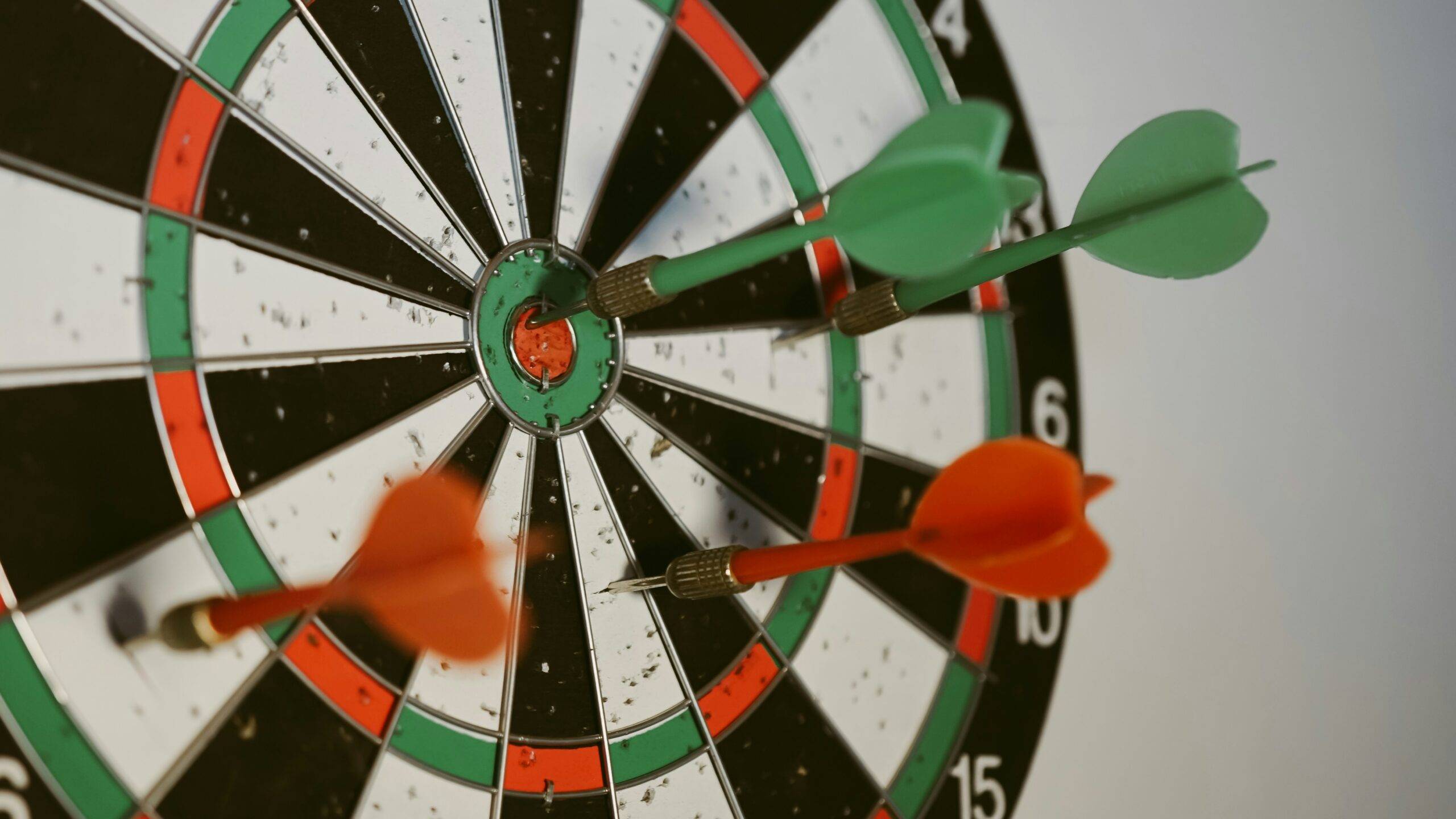
Personal Development Plan for Work
In today’s fast-paced and competitive work environment, the concept of personal development plans (PDPs) has gained significant traction. These plans serve as roadmaps for individuals to enhance their skills, achieve career goals, and ultimately, succeed in their professional endeavors. In this article, we’ll delve into the intricacies of creating an effective personal development plan tailored specifically for the workplace.
Introduction to Personal Development Plans (PDPs)
Definition of PDPs
A personal development plan, often abbreviated as PDP, is a structured framework designed to help individuals assess their skills, set goals, and outline strategies for personal and professional growth.
Importance of PDPs in the Workplace
In the modern workplace, where continuous improvement is not just encouraged but expected, PDPs play a crucial role in empowering employees to take charge of their career development. By identifying areas for improvement and charting a course for progress, individuals can enhance their performance, contribute more effectively to their organizations, and position themselves for advancement opportunities.
Understanding the Purpose of a Personal Development Plan
Identifying Strengths and Weaknesses
One of the primary objectives of a personal development plan is to conduct a thorough self-assessment to identify strengths that can be leveraged and weaknesses that need to be addressed. This introspective process lays the foundation for setting meaningful goals and objectives.
Setting Goals and Objectives
Based on the insights gained from self-assessment, individuals can establish clear, measurable goals that align with their career aspirations. These goals should be specific, achievable, relevant, and time-bound (SMART), ensuring clarity and focus in the pursuit of personal and professional growth.
Establishing a Roadmap for Career Growth
A well-crafted personal development plan serves as a roadmap for navigating the complexities of career advancement. By outlining actionable steps and milestones, individuals can proactively manage their professional trajectories, overcome obstacles, and seize opportunities for growth and development.
Steps to Create an Effective Personal Development Plan
Self-assessment
Before embarking on the journey of personal development, it’s essential to gain a comprehensive understanding of one’s strengths, weaknesses, interests, and values. This self-awareness forms the basis for setting meaningful goals and crafting a personalized development plan.
Goal Setting
Once the areas for improvement have been identified, the next step is to set clear and achievable goals. Whether it’s acquiring new skills, expanding knowledge, or enhancing competencies, goals should be aligned with long-term career objectives and reflect individual aspirations.
Action Planning
With goals in place, it’s time to develop a concrete action plan outlining the steps required to achieve them. This may involve enrolling in training programs, seeking mentorship, networking with industry professionals, or pursuing educational opportunities.
Monitoring Progress
Regularly monitoring progress is essential to ensure that efforts are yielding desired results and adjustments can be made as needed. Tracking key performance indicators and milestones allows individuals to stay on course and make informed decisions about their development journey.
Reviewing and Revising
Periodic review and revision are integral parts of the personal development process. As circumstances change and new opportunities emerge, it’s essential to revisit and adjust the development plan to reflect evolving goals and priorities.
Key Components of a Personal Development Plan
Career Objectives
Central to any personal development plan are career objectives that articulate long-term aspirations and ambitions. These objectives serve as guiding principles, shaping the direction of professional growth and informing decision-making processes.
Skill Development Goals
In today’s dynamic work environment, acquiring and honing relevant skills is crucial for staying competitive and adaptable. Skill development goals should be aligned with industry trends and organizational needs, focusing on areas that offer the greatest potential for growth and impact.
Learning Opportunities
Continuous learning is the cornerstone of personal and professional development. Whether through formal education, workshops, seminars, or online courses, embracing learning opportunities fosters intellectual curiosity, expands knowledge horizons, and enhances career prospects.
Timeframe for Achieving Goals
Setting a realistic timeframe for achieving goals provides a sense of urgency and accountability, motivating individuals to take consistent action towards their objectives. By breaking down goals into manageable milestones and deadlines, progress can be measured and tracked effectively.
Implementing Your Personal Development Plan at Work
Seeking Feedback from Supervisors
Feedback from supervisors and peers is invaluable for gauging performance, identifying areas for improvement, and refining development goals. Embracing constructive criticism and soliciting feedback fosters a culture of continuous improvement and professional growth.
Utilizing Resources and Support Systems
In the workplace, numerous resources and support systems are available to aid in personal development efforts. Whether it’s access to training programs, mentorship opportunities, or career counseling services, leveraging these resources can accelerate growth and development.
Staying Accountable and Motivated
Maintaining accountability and motivation throughout the personal development journey is essential for sustaining momentum and achieving desired outcomes. Setting reminders, tracking progress, and celebrating milestones can help individuals stay focused and committed to their goals.
Benefits of Having a Personal Development Plan
Enhanced Career Satisfaction
By aligning personal aspirations with professional goals, individuals can experience greater job satisfaction and fulfillment. A well-executed personal development plan empowers individuals to pursue meaningful work, capitalize on strengths, and overcome challenges.
Increased Productivity and Efficiency
Investing in personal development pays dividends in terms of increased productivity and efficiency. By sharpening skills, optimizing workflows, and adopting best practices, individuals can accomplish more in less time and contribute more effectively to organizational success.
Better Job Performance
Personal development fosters continuous improvement and excellence in job performance. As individuals acquire new skills, expand their knowledge base, and refine their abilities, they become more adept at handling challenges, solving problems, and delivering exceptional results.
Improved Work-Life Balance
A balanced approach to personal development ensures that individuals prioritize not only professional growth but also personal well-being. By establishing boundaries, managing time effectively, and nurturing interests outside of work, individuals can achieve harmony between their professional and personal lives.
Challenges and Pitfalls to Avoid
Procrastination
One of the most common pitfalls in personal development is procrastination, delaying action on goals and objectives due to fear, uncertainty, or lack of motivation. Overcoming procrastination requires discipline, focus, and a commitment to taking consistent action towards desired outcomes.
Setting Unrealistic Goals
Setting overly ambitious or unrealistic goals can set individuals up for failure and undermine confidence in their ability to succeed. It’s essential to strike a balance between setting challenging goals that stretch one’s abilities and ensuring they remain attainable within a reasonable timeframe.
Not Adapting to Change
In today’s rapidly evolving work environment, adaptability is key to success. Failing to adapt to changing circumstances, emerging technologies, or industry trends can hinder progress and limit opportunities for growth. Embracing change and remaining flexible are essential for staying relevant and competitive.
Lack of Commitment
Personal development requires dedication, perseverance, and a willingness to invest time and effort in self-improvement. Without a strong commitment to the process, individuals may struggle to stay motivated and make meaningful progress towards their goals.
Tips for Success in Personal Development
Consistency Is Key
Consistency breeds success in personal development. By establishing daily habits, routines, and rituals that support growth and learning, individuals can make steady progress towards their objectives over time.
Celebrate Achievements
Acknowledging and celebrating achievements, no matter how small, reinforces positive behavior and motivates continued effort. Whether it’s reaching a milestone, mastering a new skill, or overcoming a challenge, taking time to celebrate progress fosters a sense of accomplishment and momentum.
Embrace Continuous Learning
The pursuit of personal development is a lifelong journey characterized by continuous learning and growth. Embracing a growth mindset, seeking out new experiences, and embracing opportunities for self-improvement keeps individuals engaged, curious, and adaptable.
Stay Adaptable
Flexibility and adaptability are essential qualities for navigating the complexities of personal and professional development. Being open to feedback, willing to experiment, and embracing change enables individuals to pivot when necessary and seize opportunities for growth and advancement.
Conclusion
In conclusion, a personal development plan is a powerful tool for fostering growth, enhancing performance, and achieving success in the workplace. By taking a proactive approach to self-improvement, individuals can unlock their full potential, pursue meaningful career paths, and thrive in today’s dynamic work environment.
Personal Development Plan for Employees
Lifelong Learning: The Path to Continuous Personal Growth
Creating Healthy Boundaries: Nurturing Self-Respect and Relationships
Unique FAQs
- Why is a personal development plan important for career growth?
- A personal development plan provides individuals with a roadmap for identifying strengths, setting goals, and charting a course for professional advancement. By investing in their personal growth and development, individuals can enhance their skills, expand their knowledge, and position themselves for success in their careers.
- How often should I review and update my personal development plan?
- It’s recommended to review and update your personal development plan regularly, ideally on a quarterly or semi-annual basis. This allows you to assess progress, identify new goals or priorities, and make any necessary adjustments to ensure alignment with your evolving aspirations and circumstances.
- What should I do if I encounter obstacles or setbacks in my personal development journey?
- Obstacles and setbacks are inevitable in any personal development journey. When faced with challenges, it’s essential to remain resilient, resourceful, and adaptable. Seek support from mentors, peers, or professional networks, and approach setbacks as opportunities for learning and growth.
- How can I stay motivated and accountable in pursuing my personal development goals?
- Staying motivated and accountable requires discipline, focus, and a clear sense of purpose. Set realistic goals, break them down into manageable tasks, and establish accountability mechanisms such as progress tracking, peer support, or regular check-ins with a mentor or coach.
- What role do employers play in supporting employee personal development?
- Employers play a crucial role in supporting employee personal development by providing access to training and development programs, offering mentorship and coaching opportunities, and fostering a culture that values continuous learning and growth. By investing in their employees’ development, organizations can cultivate a skilled and engaged workforce that drives innovation and success.






















